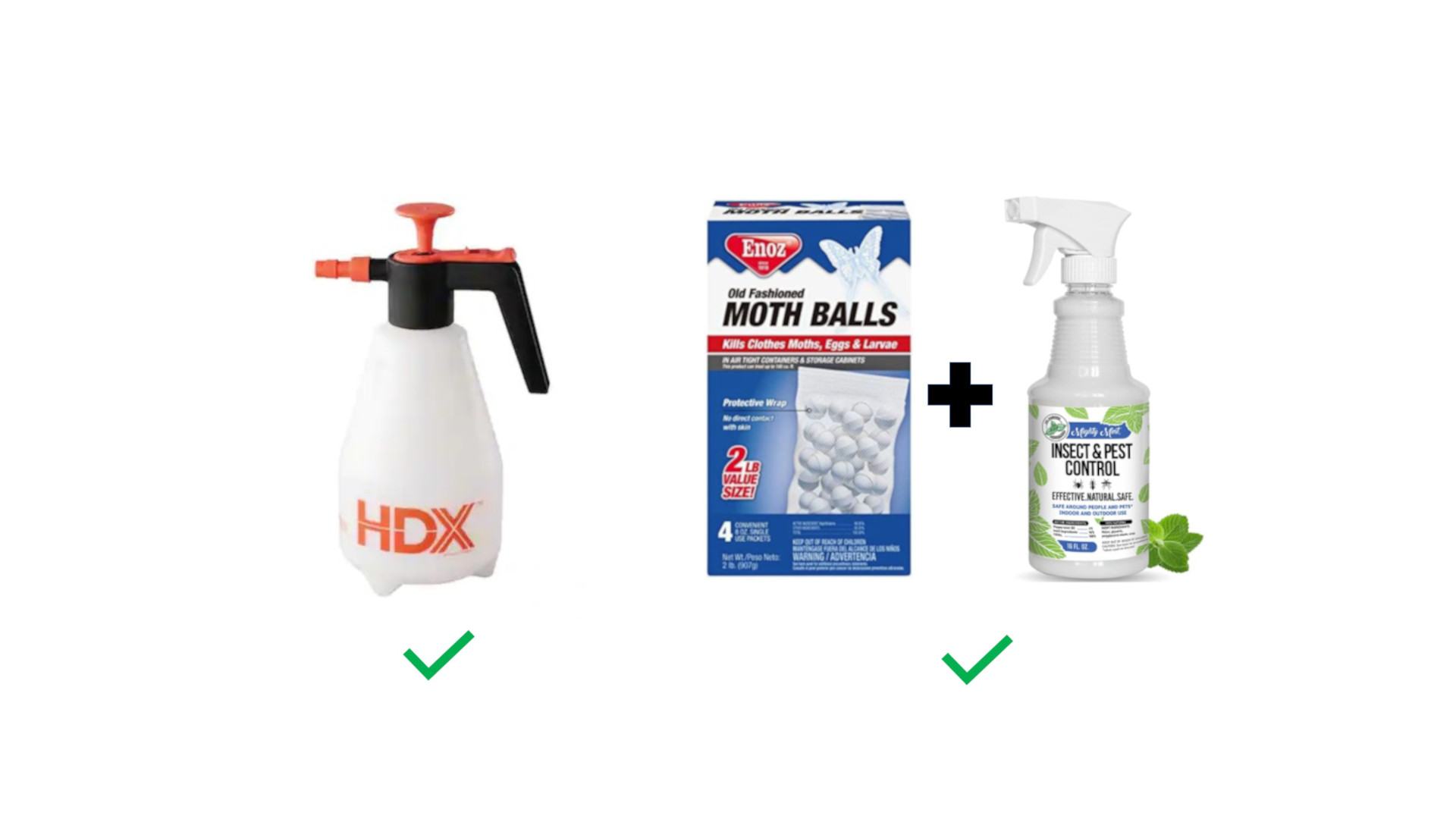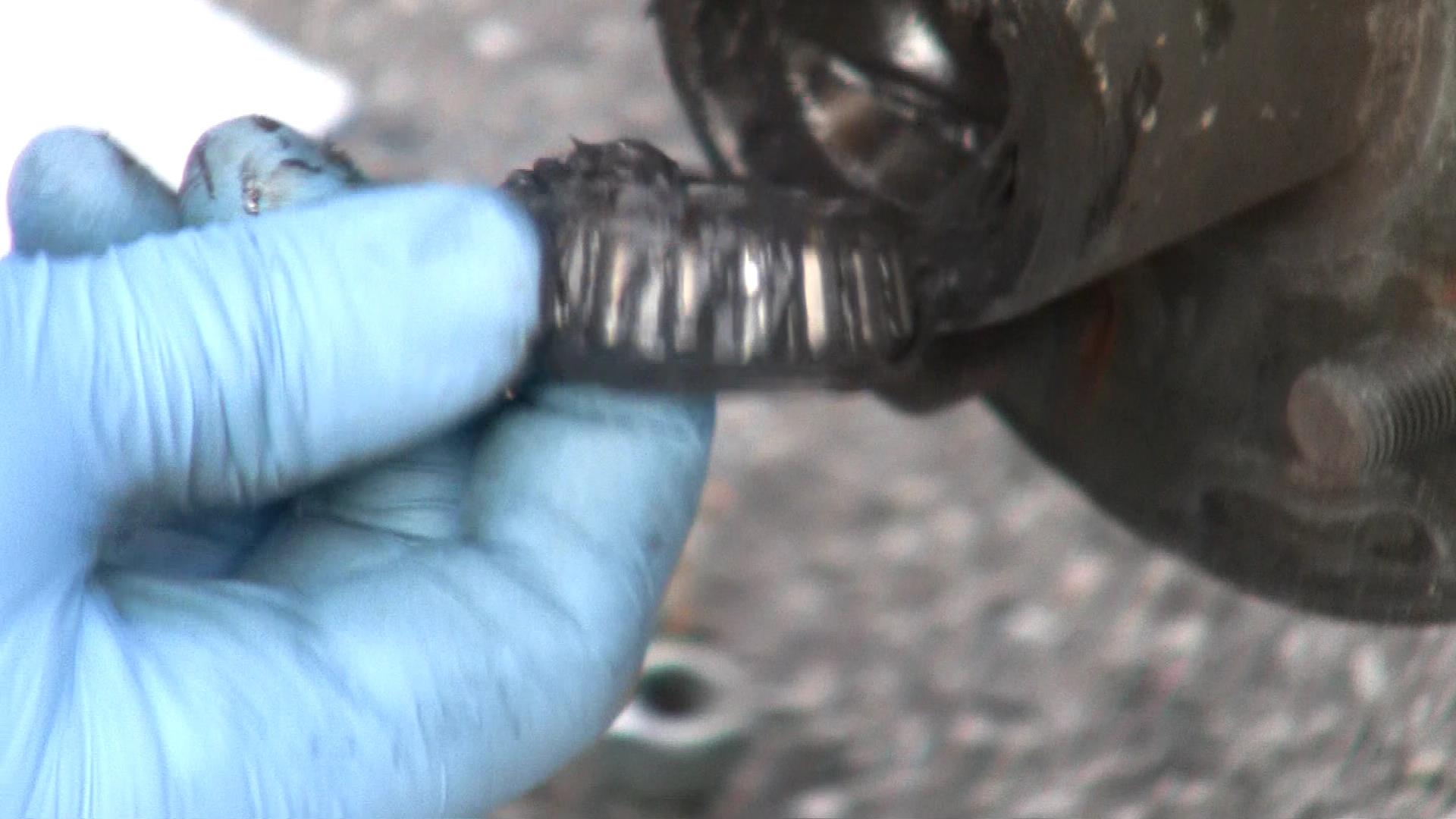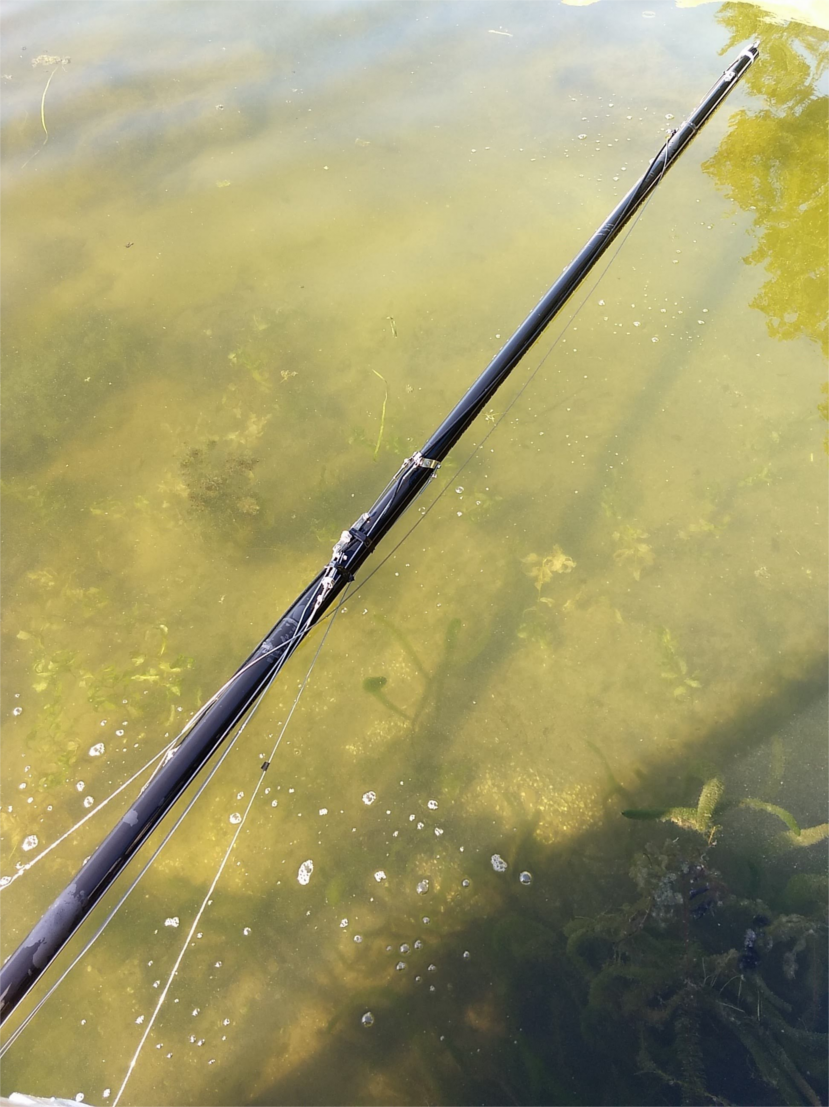Want better and easier ways to maintain your boat? Want to avoid myths that that can turn into costly errors? In this post, we cover a few maintenance tips and myths we’ve run across recently.
Easy and Safe Hull Cleaning
In our post on Hull Care, we learned that aggressive chemical cleaners and mechanical compounds aren’t normally needed and reduce gelcoat life.
Recently a sailor friend in charge of maintenance for a A-scow reinforced these concepts and showed us some new tips to make the job easier.
Tip #1 – Use the right mild soap, vinegar, acetone
Start with a mild soap for general cleaning. Then use vinegar to remove hard water stains. Use acetone or denatured alcohol for oil-based stains.
Tip #2 – Get a handheld sprayer
Our A scow friend showed us how to apply vinegar easily, cleaning the bottom of the 38′ scow on a trailer in about an hour. He didn’t even need a hose.
- Use a crawler if needed to move around under the boat
- Apply the vinegar (50% solution) with a handheld, small capacity handheld sprayer. This lets you apply evenly with the sprayer in any orientation. The fine spray adheres to the hull and lets the vinegar work.
- Wipe off with dry rags or paper towels.
Handheld Sprayer Options
- Home Depot 56 oz. handheld sprayer
- ITISLL Manual Garden Sprayer Hand Lawn Pressure Pump Sprayer Safety Valve Adjustable Brass Nozzle 0.5 Gal
Rodent Damage During Storage
If you’ve stored a boat in winter enough times, you’ve experienced or heard of mice or other rodents destroying valuable material inside the boat or in sailbags and covers. Rodents nest in the winter, and they will chew up any suitable material to do so, including foam, sail cloth, covers, hiking straps.
Then they make the problem worse by urinating, defecating, and even dying in the nesting material. It’s not pretty to clean this out in the spring, especially if the nest is hard to access.
Tip #3 – Remove chewable material before cold weather.
Start early because rodents move in quickly as the weather turns cold. Store as much chewable material as possible separately, ideally in an un-infested area.
Tip #4 – Supplement mothballs with peppermint oil
You won’t likely be able to remove all the chewable material. Traps won’t be effective if many rodents have access. You’ll need a repellent. Several sailors have reported that, even with mothballs, mice nested in styrofoam and created a huge mess. Mothballs were not fully effective. We had been using a combination of mothballs and Irish Spring bar soap, based on a quick peruse of the internet several years ago. We’re switching to peppermint oil as the supplement in the boat, in sail bags, and inside a garbage bag containing covers.
Myths – Repellents
While our combination seems to have been effective, we busted some myths in our research for this post, thanks to a series of YouTube videos from Shawn Woods’ YouTube channel showing tests of various repellents. The tests were quite challenging since Shawn’s tests included a food source. Rodents will endure discomfort if it means getting food.
- The winner: Full strength peppermint oil. This was the only effective repellent in the test. Shawn soaked cotton balls with oil. This worked, even with a food source, but may only last a month or less. If you can’t refresh the peppermint oil periodically, you still gain the early season advantage. The mothballs might be enough after the peppermint depletes. You could also set out an open capsule of peppermint oil in the boat. See video from Shawn Woods.
- Less effective methods:
- Mothballs. Mothballs can repel mice and rodents, but experts say there is not enough naphthalene in mothballs to be effective in a large area. It might be partially effective if there’s no food source in the boat. See video from Shawn Woods.
- Irish Spring Soap – Bar or Liquid. While many claim this as an effective repellent, tests don’t confirm this. It also might be partially effective with no food source. See video from Shawn Woods.
- Commercial Rodent Repellents. Most commercial rodent repellents use a combination of oils. Shawn Woods tested Fresh Cab Botanical Rodent Repellent (partially effective) and The Rodent Sheriff (not effective). He attributes this to a low concentration of oils.
Clean Sheets
Sheets are the lines you use to trim and ease the mainsail or jib. As sheets and docklines age they accumulate dirt, lose their protective coatings, and stiffen. They may also accumulate algae. We reviewed articles from Practical Sailor and Roco Rescue for tips on cleaning and conditioning. All rope manufacturers recommend some cleaning to remove dirt, restore flexibility and soften the material. However, there are some tips and myths to keep in mind.
Myth – Cleaner is better
Practical Sailor spoke with technical representatives from major rope major manufacturers. Cleaning always induces some damage, removing thread coatings and lubricants in the rope. Generally, avoid anything but a mild rinse for the first few years in the life of your running rigging.
Myth – Bleach is best for removing algae
In a test with New England Ropes, Roco Rescue found that bleach was aggressive in removing lubricants, roughening the texture of the line, and increasing stiffness, even when applied according to directions. Manufacturers recommend avoiding bleach.
Tip #6 – Soak or wash using a mild soap
All manufacturers agreed that only mild soap is recommended. Woolite is mentioned frequently. Soak the lines in a bucket of water. Soaking longer will remove some of the algae. Or start with a soak, then scrub with a soft brush, then wash in a machine with a mesh bag. Or just start with the machine. Make sure to rinse.
Tip #7 – Use a small amount of fabric softener
Manufacturers agree that fabric softener can replace some of the initial lubricant in the rope. Roco recommends a maximum of one ounce of softener to three gallons of water.
Related Content
Hull Care – How to Get Smooth and Stay that Way – SailZing
Prevent Breakdowns – Top Tips, Updated – SailZing
Dehumidifying Your A-Scow – SailZing





